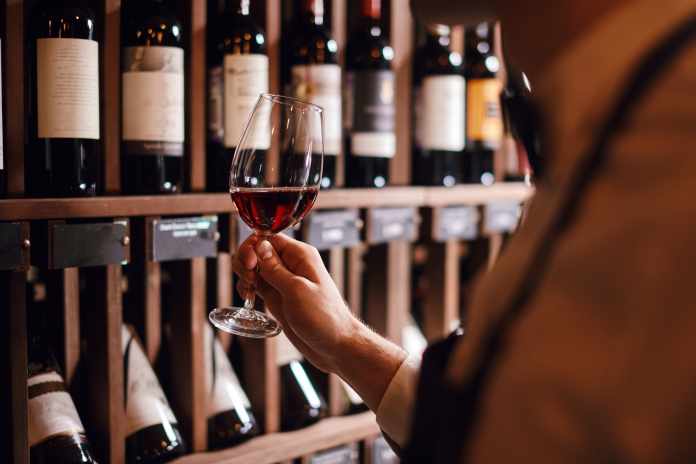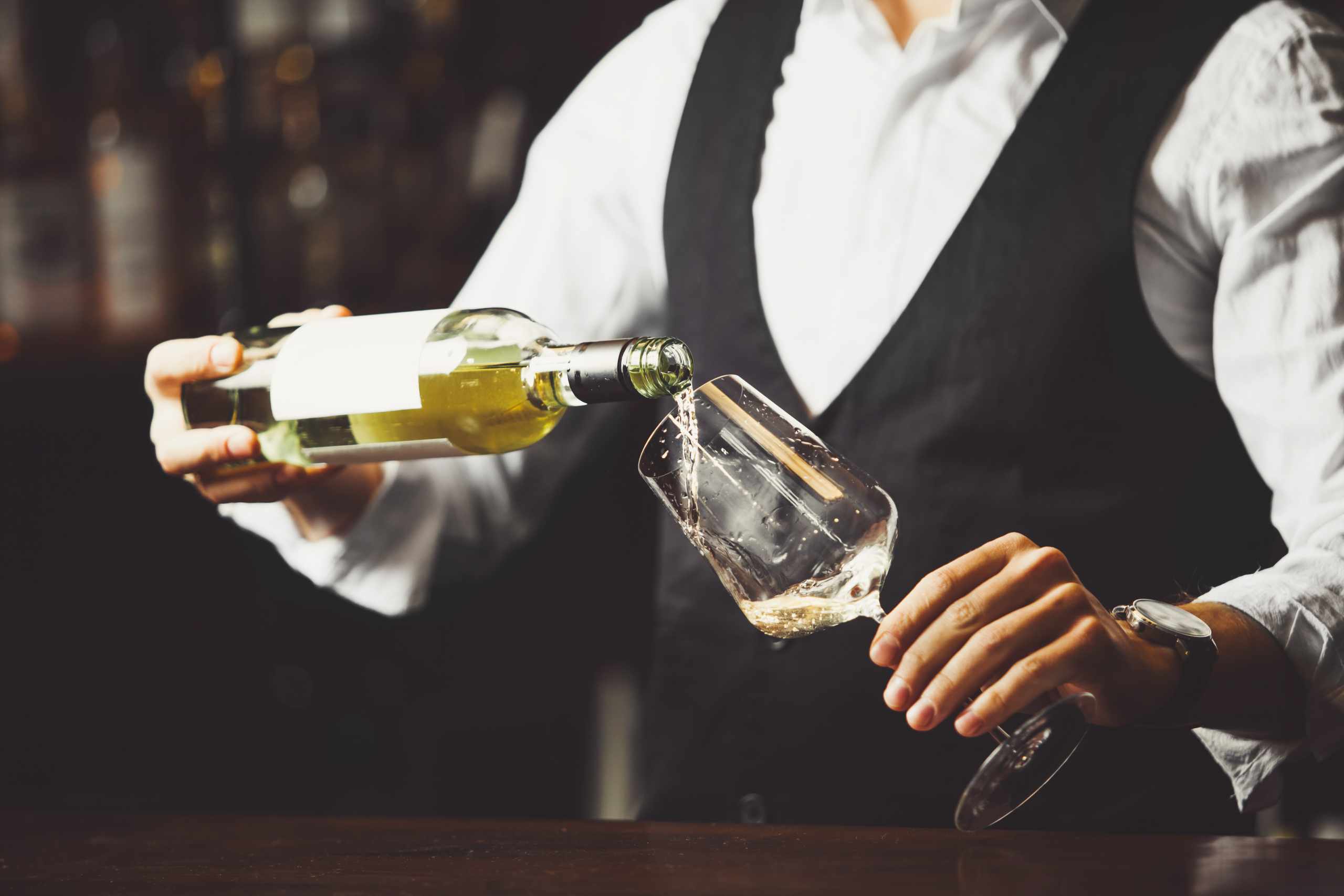
More than anything, drinking wine is a sensory experience. An exquisite bottle of wine completes special occasions and victorious celebrations. The wonderful experience of wine tasting dates back thousands of years. There is an overwhelming variety of wine bottles to choose from on grocery store shelves or restaurant menus. Over the last centuries, grape varieties and the kinds of wines produced therefrom have increased in number. It can be somewhat overwhelming and even intimidating to people who are starting to learn about wines and their distinct flavors. Here is A Beginner’s Guide to Proper Wine Tasting.
There is nothing quite like wine tasting. Drinking wine properly is different than guzzling it in one go. It’s important to remember that consuming food and wine pairings is supposed to be leisurely on your part. Understanding the proper manner of tasting wines is an adventure that deepens your appreciation for wine and winemakers.The following are some guidelines you can follow as a beginner in the world of wine tasting:
- Identify The Wine Through Its Details
You must always remember the basics in learning how to taste wine—and one of which is the kind of wine you’re tasting. This will help you identify your favorite varieties based on the information attached to them. It should have the wine producer’s name, price, alcohol percentage, grape varieties used, and food best paired with it.
- The Right Equipment Is Essential In Wine Tasting
Prepare all the tools you’ll need for your wine tasting, including good wine glasses, winery descriptions, a pitcher of water and glasses, an ice bucket, crackers, and high-quality white bread. You must ensure that the tasting glasses are clean, pure, and free of dishwashing soap residue.
Take a soft cotton cloth or kitchen paper towel and wipe them gently. Before tasting, refrain from rinsing the glasses with water, as leftovers can interact with the wine and dilute its aromas. Don’t forget to purchase a bottle sleeve. Through this, you can easily hide the bottle’s label without having to decant the wine into an empty bottle.
- You Can Judge A Wine By Its Appearance
A wine’s color and clarity should always be observed while being tasted. Look at the wine in your glass carefully. You don’t need to take a long time for this step, as you only need to see how it looks. Consider the colors and their depth.
Wine comes in three-color varieties, including red wine, rose wine, and white wine. Red wine is a fermented alcoholic beverage made from dark-skinned grape juice. The base material and production process of red wine differ from white wine. In red wine, the grapes are darker than lighter. If you want to know more about red wines and their respective levels of sweetness, click here.

Although some white wines are aged in oak barrels to add rich, bold notes, they are generally known for their zesty, floral, and fruity tastes. To create rose wine, red grape juice is squeezed and allowed to soak with the skins for a brief period of two to three days. The wine will have a lighter tone when soaked for a shorter time with the skins. After observing the wine’s appearance, gently swirl the glass to air it out.
- Take A Good Sniff Of The Wine
Try to smell the wine aroma through the class. Your sense of smell is stronger than you realize. A crucial component of mastering how to taste like a professional is learning sensory wine analysis. In inhaling the wine’s aromatics, you can use the technique that works best for you after swirling it.
You also have to remember that there are six kinds of wines. Most wines have fruity and floral flavors complemented by hints of spices and herbs. The scent of wine can help us figure out its identity and even its year after long practice.
- Taste The Wine
In the next step, slightly open your mouth and inhale some air. Take a few sips of the wine after that. You can slosh the wine around your mouth if you want. Understand the flavors by letting the wine interact with your tongue. The structure and finish may also be determined through this method, along with the notes. Consider each characteristic to help you understand the wine variety.
Wine is best experienced when it is rolled all over the mouth and over the tongue to experience its flavors in full. Wine should only be swallowed in small amounts. Good wine is distinguished by its flavor intensity, alcohol level, finish, and well-balanced tannin profile. Sweetness, bitterness, sourness, and saltiness are also detectable in the taste buds.
You’ll be able to detect the flavor of the wine within seconds of sipping it. Take note of the flavors you taste first and the lingering flavors after drinking the wine.
- Rank Wines
You can rank wines based on categories. Creating a ranking and a list of your favorite wines is advisable to help you determine your favorites and go-to wines. You can recommend a wine, rate it, and perhaps include helpful notes when you go wine shopping with friends. There are several ways to rate a wine, including character, aroma, finish, complexity, and balance.
Conclusion
Drinking and tasting wine are passions that many people across the world share. Following the steps laid out in this article will help you determine the kind of wines you’re drinking and your new favorites on your next wine tasting adventure. To enjoy this activity even more, you should list the kinds of aromas and flavors you’ve experienced. Given that there is nearly an endless number of descriptors and adjectives available for discussing a particular taste, you should be clearer and more concrete with your descriptions.
A glass of good wine has a more defined finish. Great finishes will enhance the flavors and linger on your palate for quite some time, whether it’s due to the wine’s flavors or its own. You can find excellent wines within your budget range for every wine variety, so try a few new ones within your price range to discover different flavors. Being a serious wine taster takes practice and hard work, and you need to be willing to put in the effort while enjoying the learning process.







